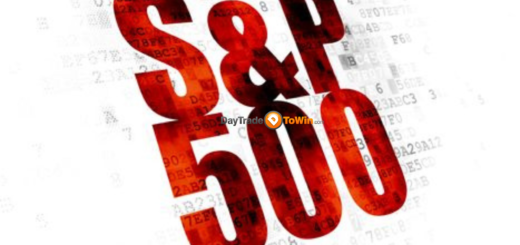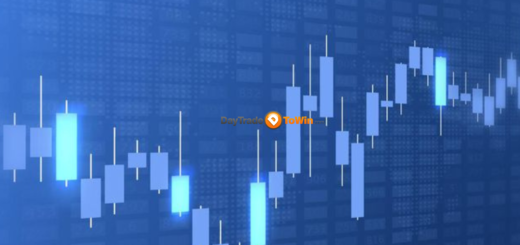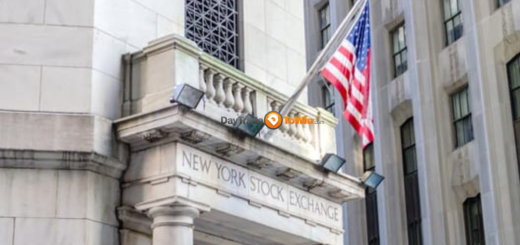How the Bull Market Can Recover from August’s Dip
“A rough start for stocks in August doesn’t necessarily indicate a looming downturn, according to Angelo Kourkafas, senior investment strategist at Edward Jones.
Inflation data for July, highlighted by the producer-price index, showed a year-over-year increase of 2.2% in wholesale prices, down from June’s 2.7%.
‘Markets are responding positively to this,’ Kourkafas said. ‘Yields are falling, and stocks are rising, driven by expectations that the Federal Reserve may cut interest rates next month.’
The Dow Jones Industrial Average pulled back from its session highs but still managed a 0.4% gain on Tuesday. The S&P 500 climbed 1%, and the Nasdaq Composite rose 1.6%, according to FactSet.

Concerns about the U.S. economy’s resilience grew after a weak July jobs report, sparking debate over whether the Federal Reserve has kept rates too high for too long.
However, inflation has been easing, and Wall Street doesn’t expect that Wednesday’s consumer-price index for July will alter the outlook for a Fed rate cut next month.
‘Markets are already pricing in an easing cycle,’ Kourkafas noted.
This sentiment is echoed on Main Street. Kourkafas pointed to Home Depot Inc.’s recent earnings report, which beat expectations but offered a cautious full-year outlook. The company noted that consumers are delaying large projects, particularly in anticipation of lower mortgage rates.
With consumer spending still strong, earnings holding up, and the economy continuing to add jobs, Kourkafas suggests investors lock in higher bond yields and consider stocks trading at lower valuations than megacap stocks.
‘The August pullback doesn’t have to signal something worse ahead,’ Kourkafas said. ‘These indicators suggest the bull market can continue.’
Despite sharp declines in August, all three major stock indexes remain up for the year, with the S&P 500 on track for a 13% gain in 2024.”




